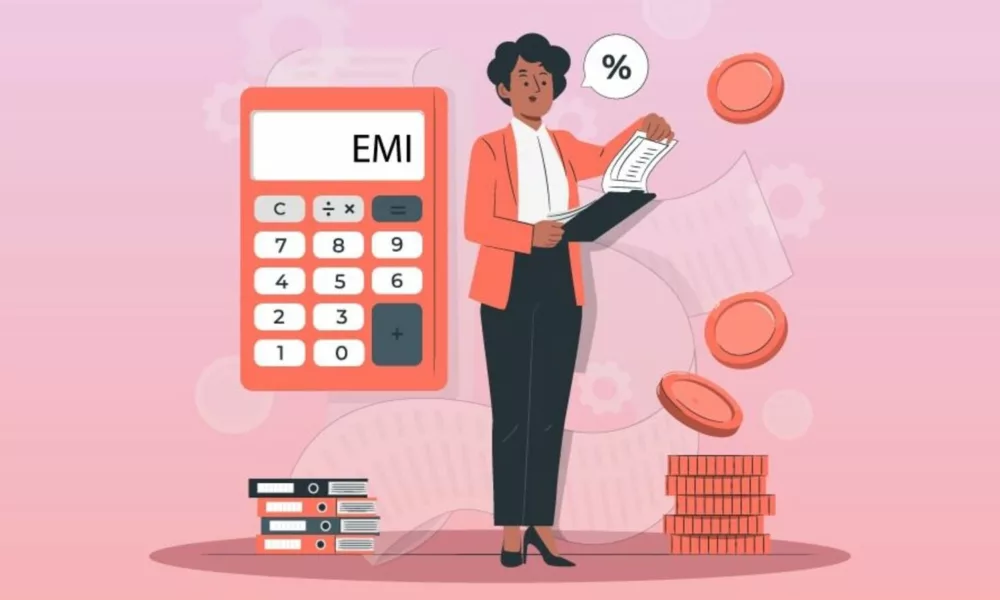The Reserve Bank of India (RBI) has made it mandatory for all lenders to provide a Key Fact Statement (KFS) to borrowers, containing important loan information. The KFS includes details on the rate of interest, loan amount, loan term, processing fees, documentation charges, foreclosure charges, late payment fees, and more. This move by the RBI aims to create a more consumer-centric lending environment, ensuring transparency and clarity for borrowers.
Regulated entities giving digital loans and microfinance lenders were already mandated to provide a KFS to borrowers, and now this requirement extends to all lenders processing physical loan applications, including banks and non-banking financial companies. Additionally, KFS will now be mandatory for both individual borrowers and Micro, Small and Medium Enterprises (MSMEs).
The KFS will provide borrowers with a comprehensive understanding of all charges, in a simplified table format, helping them compare loan products and understand the actual cost of borrowing. It will also include the Annual Percentage Rate (APR), which represents an all-inclusive factor in other loan costs, offering greater transparency for borrowers.
The APR will be based on the effective annualized interest rate and will incorporate the cost of funds, credit cost, operating cost, processing fee, verification charges, maintenance charges, and more. It will not include contingent charges like penal charges or late payment fees. This move by the RBI aims to standardize the KFS structure across lenders and loan types, ensuring consistency and transparency for borrowers.
Raj Khosla, founder and managing director of MyMoneyMantra.com, emphasized that historically, the cost of borrowing has been opaque for many consumers, and the inclusion of all charges in the KFS is a step towards a more consumer-centric lending environment. Overall, this move by the RBI is set to benefit borrowers by providing them with clear and comprehensive information on loan charges.

 Euan Blair Net Worth 2024: How Much is Tony Blair’s Son Worth?
Euan Blair Net Worth 2024: How Much is Tony Blair’s Son Worth? David Copperfield Net Worth 2024: How Much is the Novel by Charles Dickens Worth?
David Copperfield Net Worth 2024: How Much is the Novel by Charles Dickens Worth? Noel Biderman Net Worth 2024: How Much is the Canadian Internet entrepreneur and business professional Worth?
Noel Biderman Net Worth 2024: How Much is the Canadian Internet entrepreneur and business professional Worth? Kenya Finance Bill: Vehicle Owners To Bear The Brunt, Will Have To Pay Annual Tax Of Up To Ksh 100,000
Kenya Finance Bill: Vehicle Owners To Bear The Brunt, Will Have To Pay Annual Tax Of Up To Ksh 100,000 Adam Selipsky Net Worth 2024: How Much is the CEO of Amazon Web Services, Inc. Worth?
Adam Selipsky Net Worth 2024: How Much is the CEO of Amazon Web Services, Inc. Worth? Ken Langone Net Worth 2024: How Much is the American Businessman Worth?
Ken Langone Net Worth 2024: How Much is the American Businessman Worth? Anthony Geisler, Xponential Fitness Founder and CEO Suspended “Indefinitely” Amid Fraud Allegations
Anthony Geisler, Xponential Fitness Founder and CEO Suspended “Indefinitely” Amid Fraud Allegations Navigating Forex Brokers: Choosing the Right Partner for Your Trading Journey
Navigating Forex Brokers: Choosing the Right Partner for Your Trading Journey